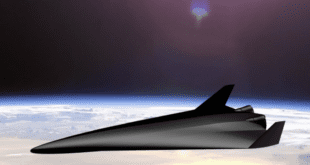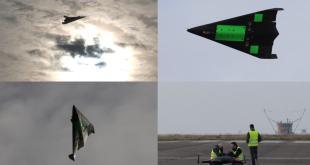
London, 3 November 2023.- POLARIS Spaceplanes, a German aerospace start-up, has successfully flown MIRA under turbine thrust for the first time. The first flight took place in Peenemünde with 260 km squared of closed airspace. It had a flight time of just under 2.5 minutes and a distance of approximately 9km.
POLARIS received the Operation License on the 25th of October and the following day flew MIRA. The flight was executed by Guinness World Record drone pilot Niels Herbrich, supported by co-pilot Christian Hidde.
The main task of MIRA is to flight-test a linear aerospike rocket engine under contract with the German Armed Forces. The initial flight testing has been executed under turbine power. It is Beyond Visual Line of Sight (BVLOS) capable, with the current telemetry reaching 20km and it is equipped with Flight Termination System (FTS). It is 4.3 m long and has a wing area of 5.2 m squared.
This is the 51st flight for POLARIS with MIRA being their fifth aircraft in the air. MIRA-light, a scaled down version of MIRA, previously flew in Peene 11 times for crew training and further fine-tuning of the flight controller, and has now reached 26 flights in total.
POLARIS has stated that the linear aerospike will be set up by the end of the year, which will be followed by flight tests under rocket thrust. Both MIRA spaceplanes are precursor prototypes to the company’s ultimate demonstration model, NOVA. If the upcoming demonstration MIRA missions are successful then POLARIS Spaceplanes expect to begin flying NOVA sometime in 2024.





